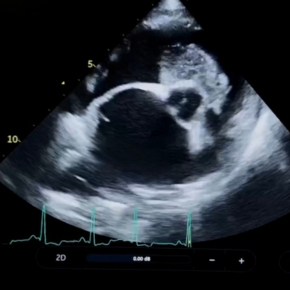
How pimobendan can change echocardiographic findings
Avoid misclassification of mitral valve disease in dogs receiving pimobendan

Managing anaesthesia in dogs with preclinical DMVD (Degenerative Mitral Valve Disease) can feel like walking a tightrope. While they’re not yet in heart failure, these patients are often sensitive to fluid shifts, vasodilation and tachycardia – particularly in stage B2 and beyond. It’s understandable to feel cautious, but with the right approach, anaesthesia can be performed safely. This guide outlines practical steps for managing these patients, focusing on drug choices, fluid therapy, and peri-anaesthetic monitoring.
Need tailored support for a case? Our cardiology team is happy to advise.
Preclinical DMVD isn’t a strict contraindication to IVFT, but it does call for restraint. These patients have limited tolerance for volume overload, which can tip them into congestive heart failure (CHF).
Continue cardiac medications as usual – including on the day of the procedure—unless specifically contraindicated (e.g. ACE inhibitors in hypotensive patients).
Water: Allow free access up until premedication unless the patient is:
Food: Withhold as per your standard anaesthetic protocol.
Still unsure how to proceed? Get in touch with our cardiology team – we’re always happy to help.

Avoid misclassification of mitral valve disease in dogs receiving pimobendan

Understand how left atrial size can cause a cough in dogs with mitral valve disease in our article.